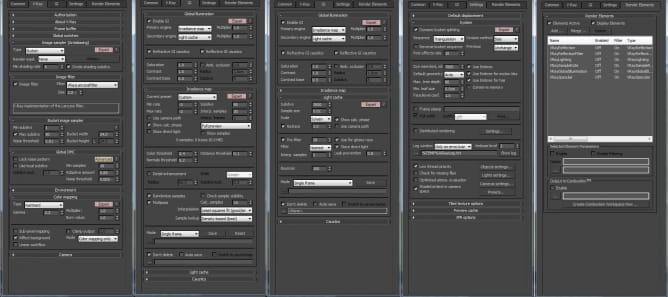

Robert1977 I'm in Maya so I just explained the general concept of blending the two colors using a node that outputs a fresnel as the mask (in Maya theres a vrayFresnel node). What do you mean with "fresnel node" and use that as a fresnel color?Īre you in Max and Vray with 3.x? What is the node called exactly? Do you mean a falloff node? And I think you set the reflection color to rgb 255 255 255 in your approach?Ĭould you post a screenshot of your approach? Sounds really interesting. Only major downside asside from having all the extra nodes floating around is that it doesn't work with glossy fresnel.Hi DGruwier, The result will be exactly identical, since it's the same as what VRay Next Metalness does, it blends the base and reflection (white) colors using the IOR.

There's your very own deconstructed metalness shader. Use a fresnel node with the given IOR value to blend between the given metal base color and a pure white color. Find the metal you want to use on list and note the "Base (diffuse) color" and the IOR value.ģ. It should look exactly like the diffuse color in the documentation, but fading to white near the edges.Ģ. To validate if you did it correctly, add the material to a sphere in a scene with a 360 white dome light set to 1 intensity and render that. Only major downside asside from having all the extra nodes floating around is that it doesn't work with glossy fresnel. The result will be exactly identical, since it's the same as what VRay Next Metalness does, it blends the base and reflection colors using the IOR.

If you need to use a metalness map from a PBR material, use the vrayblend mtl with the metalness texture as the blend amount. Find the metal you want to use from the list and note the "Base (diffuse) color" and the IOR value.ģ. Set diffuse to black and disable fresnel entirely in the vraymtl.Ģ.

Here's how to manually do what Metalness does in Vray Next, using the same values given in the "Understanding metalness" blog post (which are also in the Vray documentation):ġ.


 0 kommentar(er)
0 kommentar(er)
